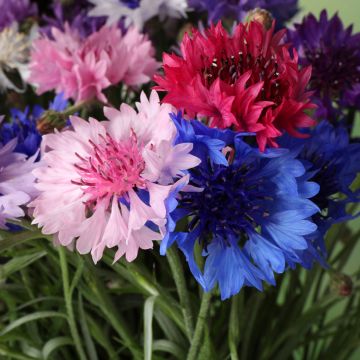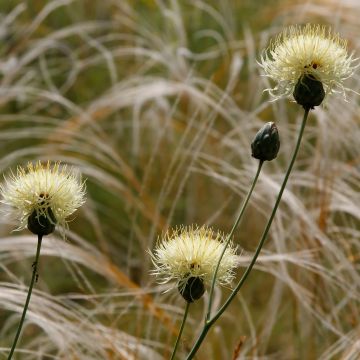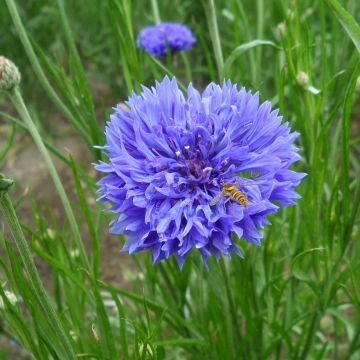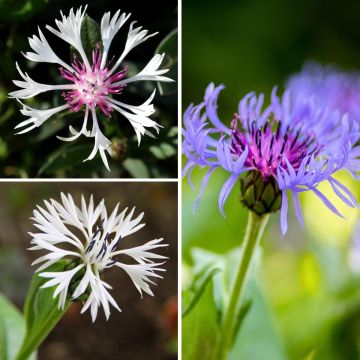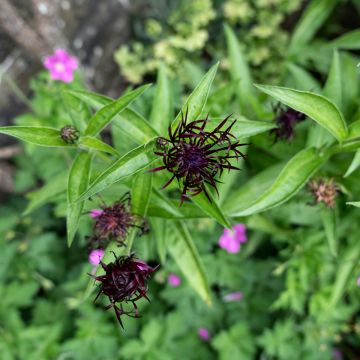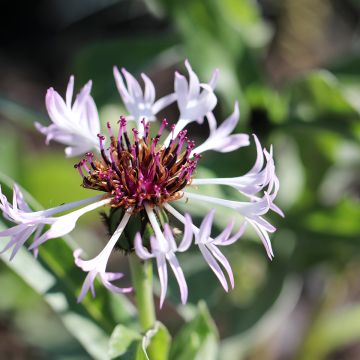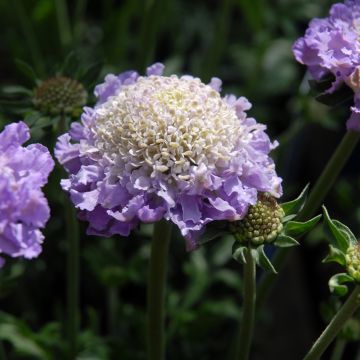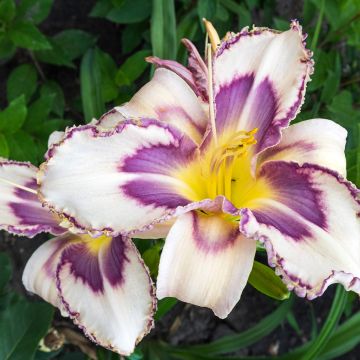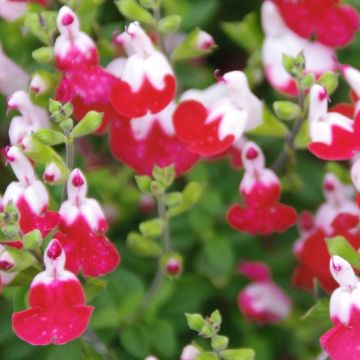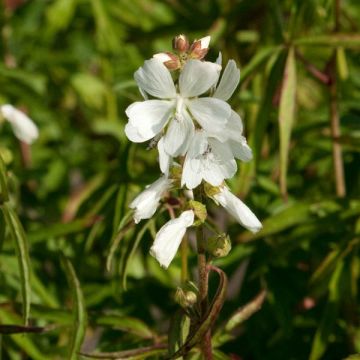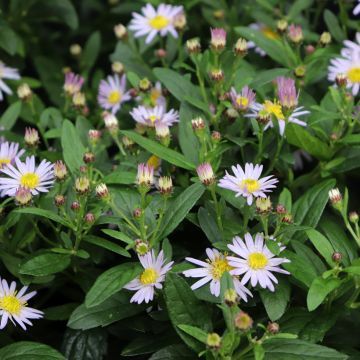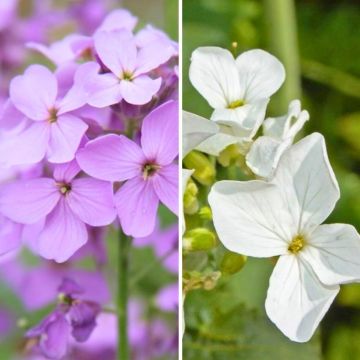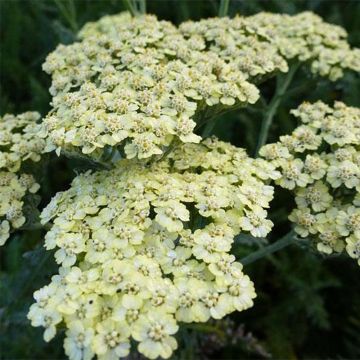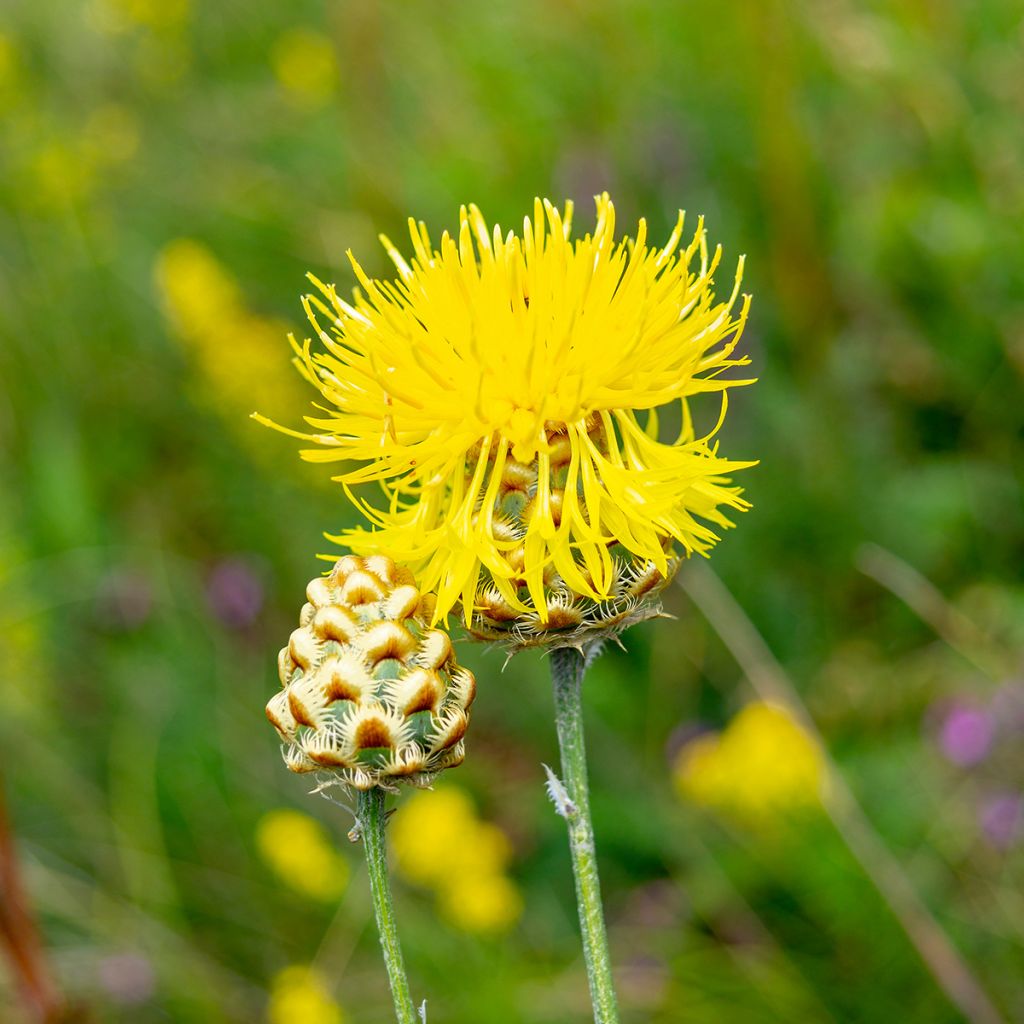

Centaurea orientalis
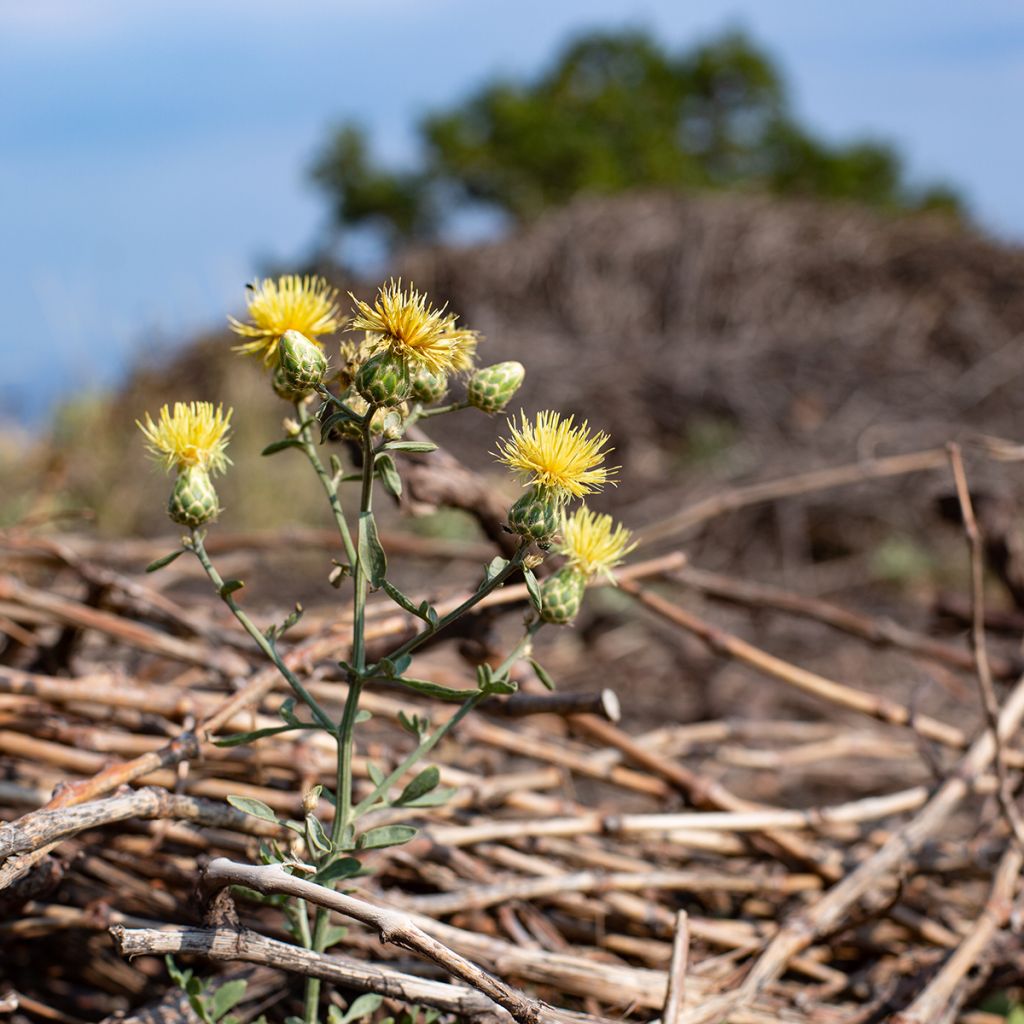

Centaurea orientalis
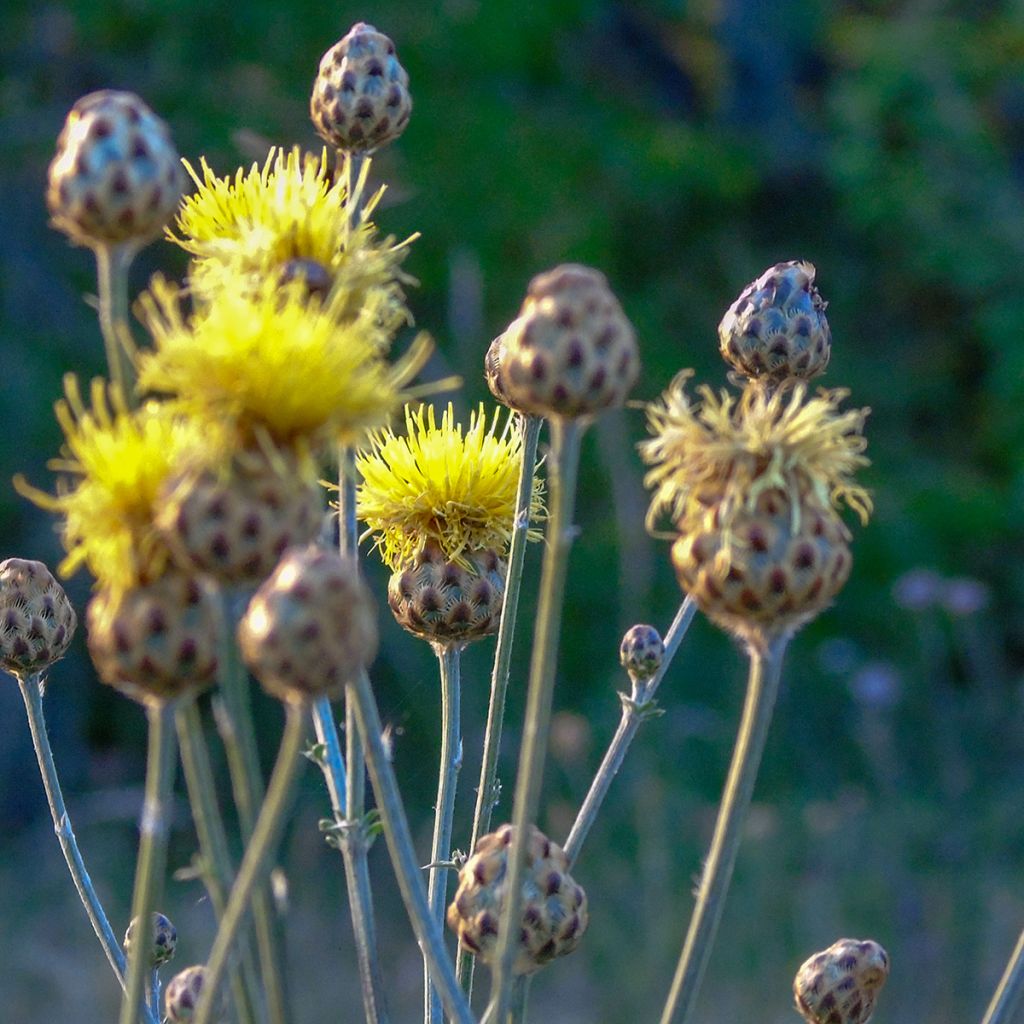

Centaurea orientalis
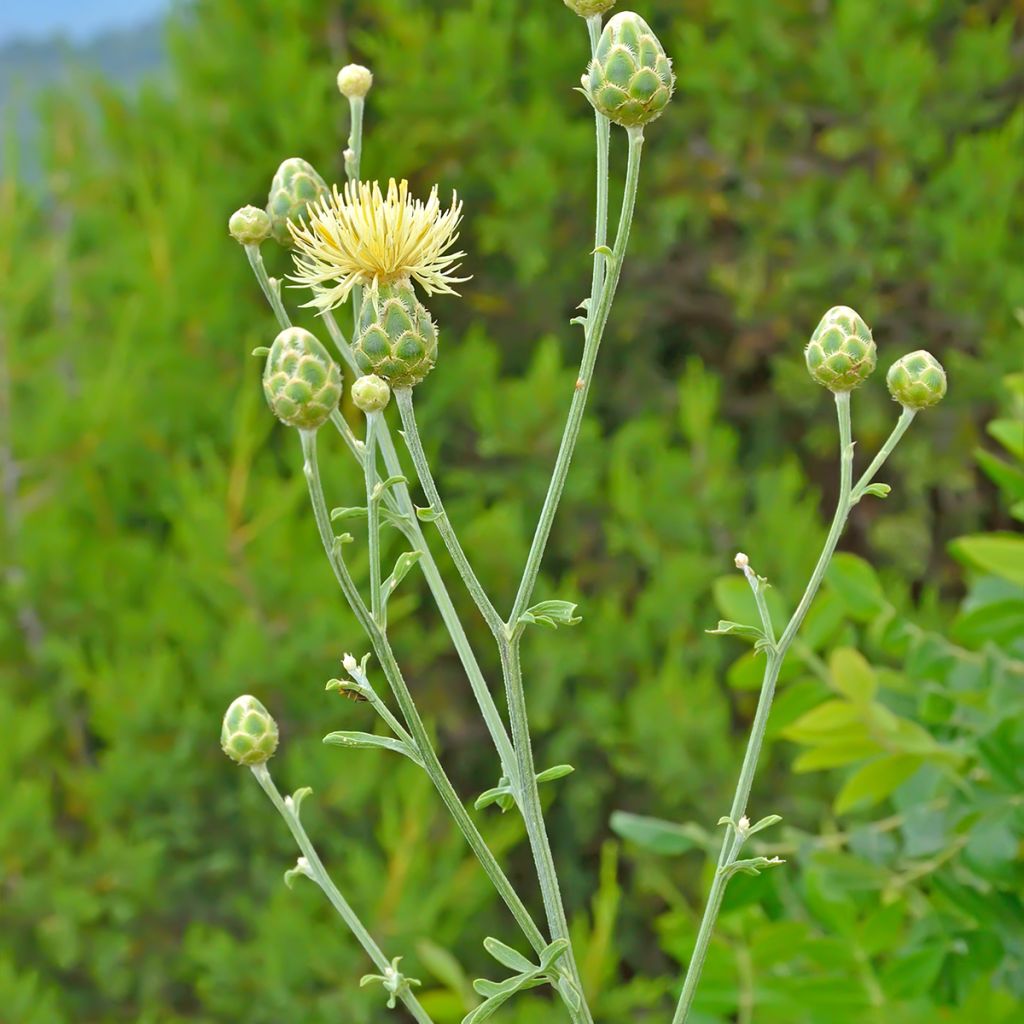

Centaurea orientalis
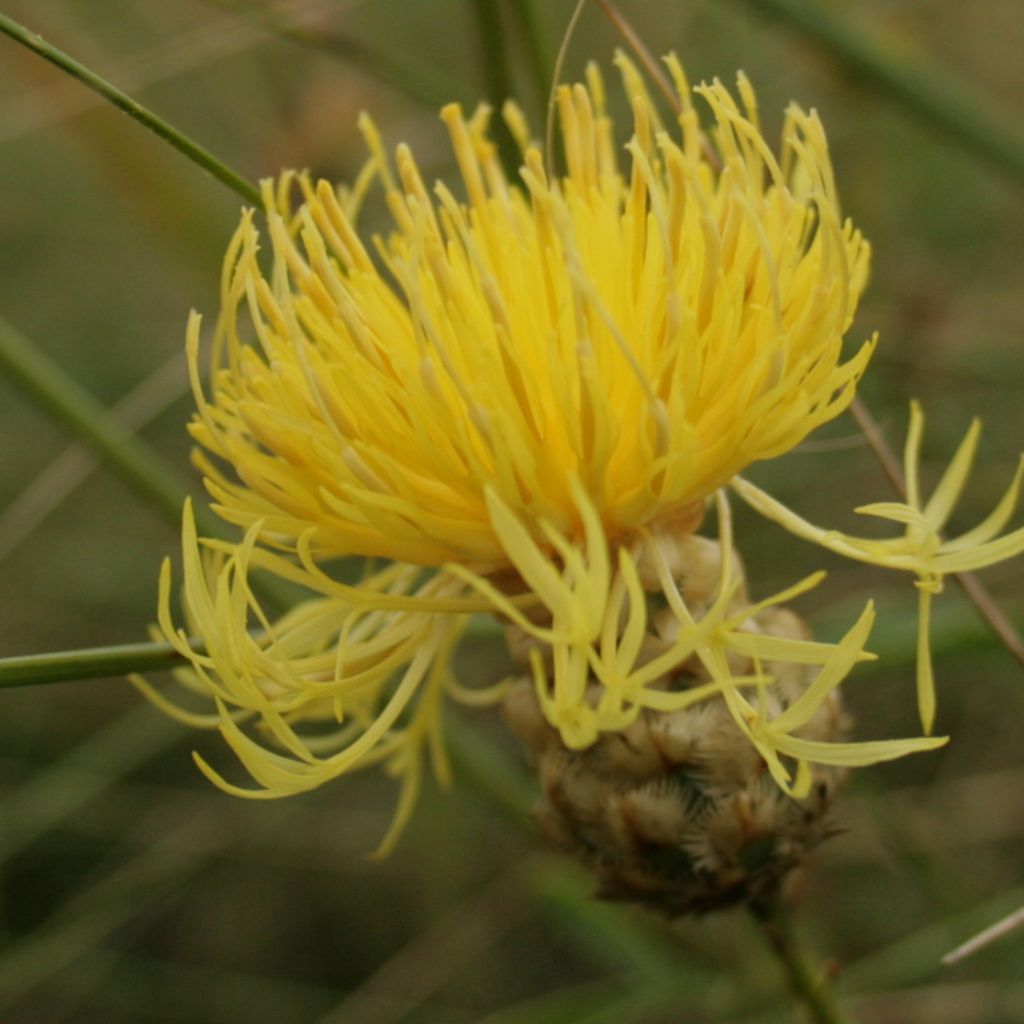

Centaurea orientalis
Centaurea orientalis
Centaurea orientalis
Oriental knapweed
This plant carries a 12 months recovery warranty
More information
We guarantee the quality of our plants for a full growing cycle, and will replace at our expense any plant that fails to recover under normal climatic and planting conditions.
From €5.90 for pickup delivery and €6.90 for home delivery
Express home delivery from €8.90.
Does this plant fit my garden?
Set up your Plantfit profile →
Description
Centaurea orientalis is a beautiful perennial native to the Caucasus. It forms a vigorous, slightly scruffy clump with finely cut leaves of a greyish-green colour. In summer, it produces fluffy, light-yellow florets, borne in large numbers at the ends of upright stems. Sun, heat, and good drainage are the key factors for successfully growing this superb, resilient, and hardy species, which is still relatively unknown and deserves a home in our gardens.
Centaurea orientalis belongs to the botanical Asteraceae family (formerly known as Composites). Centaureas have long been present in gardens, particularly Centaurea montana, an exuberant perennial that adorns flower beds with its blue-purple flowers. However, Centaurea orientalis is of a completely different nature. Originating from the Balkans and the Caucasus, all around the Black Sea, it thrives in arid, rocky, dry, and exposed environments. The plant forms a compact clump, adorned with deeply cut, greyish-green leaves. Between June and September, it produces hundreds of charming, fluffy heads of a rarely seen straw-yellow colour within this genus. Each head, composed of dozens of tightly packed flowers, measures approximately 3cm (1in). As with many centaureas, the bracts (small scale-like leaves located just below the head) are finely ornamented and worth a closer look: they resemble tiny pieces of lace! It is important for pollinators, just like many other species within the genus. When in flower, the clump reaches about 60cm (24in) in height and 50cm (20in) in width. It propagates through suckers, which slightly increases its diameter over time, but not as aggressively as sometimes seen with Centaurea montana.
Although extremely hardy (the stump can withstand temperatures as low as -25°C (-13°F)), Centaurea orientalis will thrive only if provided with what it loves: warmth, sun, and perfectly well-drained, rocky soil with a tendency towards limestone. It will not live long in heavy, clayey soil that becomes waterlogged in winter. The addition of sand or pumice can prove beneficial, and you can also raise the plant to promote water drainage. Avoid very rich soils, as they will result in a lanky plant with a drooping habit and little aesthetic appeal. Under good conditions, however, it will thrive for many years, delighting you each summer with its unruly blooms, even if water becomes scarce for several weeks.
Plant in a scree garden with the blue-violet blooms of Salvia nemorosa 'Caradonna' or Salvia pratensis 'Twilight Serenade'. Anthemis Kelwayi, blue catananche, and dwarf iris 'Cherry Garden' are also excellent companions, creating an ultra-floriferous rockery scene that is resistant to drought.
Its sturdy stems are perfect for creating beautiful dried flower arrangements, combining them with cornflowers and poppy seedheads.
Report an error about the product description
Centaurea orientalis in pictures
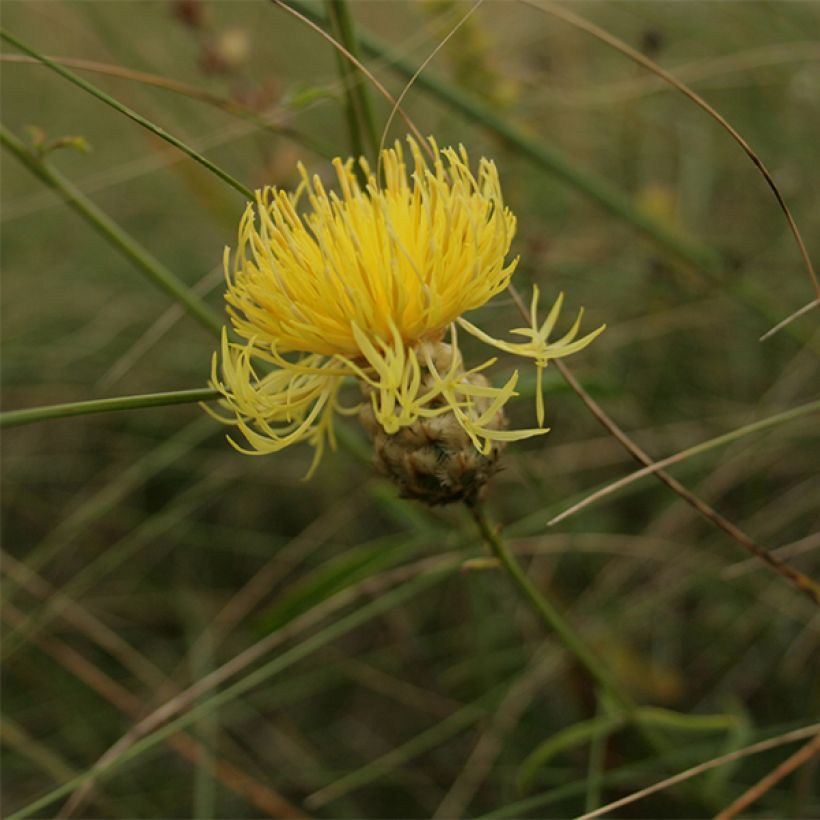

Flowering
Foliage
Plant habit
Botanical data
Centaurea
orientalis
Asteraceae
Oriental knapweed
Caucasus
Other Centaurea
Planting and care
Grow in a large rockery, in dry, stony, even limestone soil, in full sun.
Planting period
Intended location
Care
This item has not been reviewed yet - be the first to leave a review about it.
Summer flowering perennials
Haven't found what you were looking for?
Hardiness is the lowest winter temperature a plant can endure without suffering serious damage or even dying. However, hardiness is affected by location (a sheltered area, such as a patio), protection (winter cover) and soil type (hardiness is improved by well-drained soil).

Photo Sharing Terms & Conditions
In order to encourage gardeners to interact and share their experiences, Promesse de fleurs offers various media enabling content to be uploaded onto its Site - in particular via the ‘Photo sharing’ module.
The User agrees to refrain from:
- Posting any content that is illegal, prejudicial, insulting, racist, inciteful to hatred, revisionist, contrary to public decency, that infringes on privacy or on the privacy rights of third parties, in particular the publicity rights of persons and goods, intellectual property rights, or the right to privacy.
- Submitting content on behalf of a third party;
- Impersonate the identity of a third party and/or publish any personal information about a third party;
In general, the User undertakes to refrain from any unethical behaviour.
All Content (in particular text, comments, files, images, photos, videos, creative works, etc.), which may be subject to property or intellectual property rights, image or other private rights, shall remain the property of the User, subject to the limited rights granted by the terms of the licence granted by Promesse de fleurs as stated below. Users are at liberty to publish or not to publish such Content on the Site, notably via the ‘Photo Sharing’ facility, and accept that this Content shall be made public and freely accessible, notably on the Internet.
Users further acknowledge, undertake to have ,and guarantee that they hold all necessary rights and permissions to publish such material on the Site, in particular with regard to the legislation in force pertaining to any privacy, property, intellectual property, image, or contractual rights, or rights of any other nature. By publishing such Content on the Site, Users acknowledge accepting full liability as publishers of the Content within the meaning of the law, and grant Promesse de fleurs, free of charge, an inclusive, worldwide licence for the said Content for the entire duration of its publication, including all reproduction, representation, up/downloading, displaying, performing, transmission, and storage rights.
Users also grant permission for their name to be linked to the Content and accept that this link may not always be made available.
By engaging in posting material, Users consent to their Content becoming automatically accessible on the Internet, in particular on other sites and/or blogs and/or web pages of the Promesse de fleurs site, including in particular social pages and the Promesse de fleurs catalogue.
Users may secure the removal of entrusted content free of charge by issuing a simple request via our contact form.
The flowering period indicated on our website applies to countries and regions located in USDA zone 8 (France, the United Kingdom, Ireland, the Netherlands, etc.)
It will vary according to where you live:
- In zones 9 to 10 (Italy, Spain, Greece, etc.), flowering will occur about 2 to 4 weeks earlier.
- In zones 6 to 7 (Germany, Poland, Slovenia, and lower mountainous regions), flowering will be delayed by 2 to 3 weeks.
- In zone 5 (Central Europe, Scandinavia), blooming will be delayed by 3 to 5 weeks.
In temperate climates, pruning of spring-flowering shrubs (forsythia, spireas, etc.) should be done just after flowering.
Pruning of summer-flowering shrubs (Indian Lilac, Perovskia, etc.) can be done in winter or spring.
In cold regions as well as with frost-sensitive plants, avoid pruning too early when severe frosts may still occur.
The planting period indicated on our website applies to countries and regions located in USDA zone 8 (France, United Kingdom, Ireland, Netherlands).
It will vary according to where you live:
- In Mediterranean zones (Marseille, Madrid, Milan, etc.), autumn and winter are the best planting periods.
- In continental zones (Strasbourg, Munich, Vienna, etc.), delay planting by 2 to 3 weeks in spring and bring it forward by 2 to 4 weeks in autumn.
- In mountainous regions (the Alps, Pyrenees, Carpathians, etc.), it is best to plant in late spring (May-June) or late summer (August-September).
The harvesting period indicated on our website applies to countries and regions in USDA zone 8 (France, England, Ireland, the Netherlands).
In colder areas (Scandinavia, Poland, Austria...) fruit and vegetable harvests are likely to be delayed by 3-4 weeks.
In warmer areas (Italy, Spain, Greece, etc.), harvesting will probably take place earlier, depending on weather conditions.
The sowing periods indicated on our website apply to countries and regions within USDA Zone 8 (France, UK, Ireland, Netherlands).
In colder areas (Scandinavia, Poland, Austria...), delay any outdoor sowing by 3-4 weeks, or sow under glass.
In warmer climes (Italy, Spain, Greece, etc.), bring outdoor sowing forward by a few weeks.


































